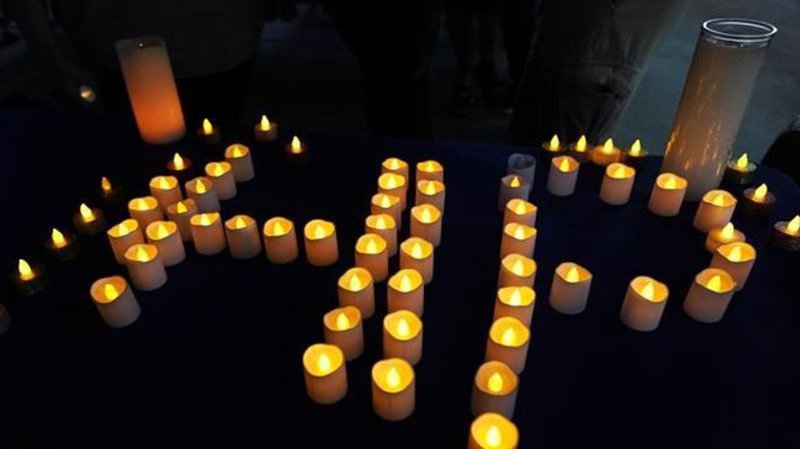
Too many guns vs. mental health supports: in Highland Park, ‘why can’t it be both?’
HIGHLAND PARK, Ill. — The man in the fluorescent green baseball cap nervously eyes the video camera, then politely declines to be interviewed.
Instead, he listens intently, edging ever closer as his friend Irwin Silbernik, 70, talks about guns, politics and the deadly mass shooting that shattered the heart of this idyllic bedroom community Monday.
Finally, the man — he identifies himself only as Jerry — musters up the courage to step in front of the lens.
“I want to say something on camera: I think the gun issue here in America is a severe mental health condition problem,” Jerry says.


